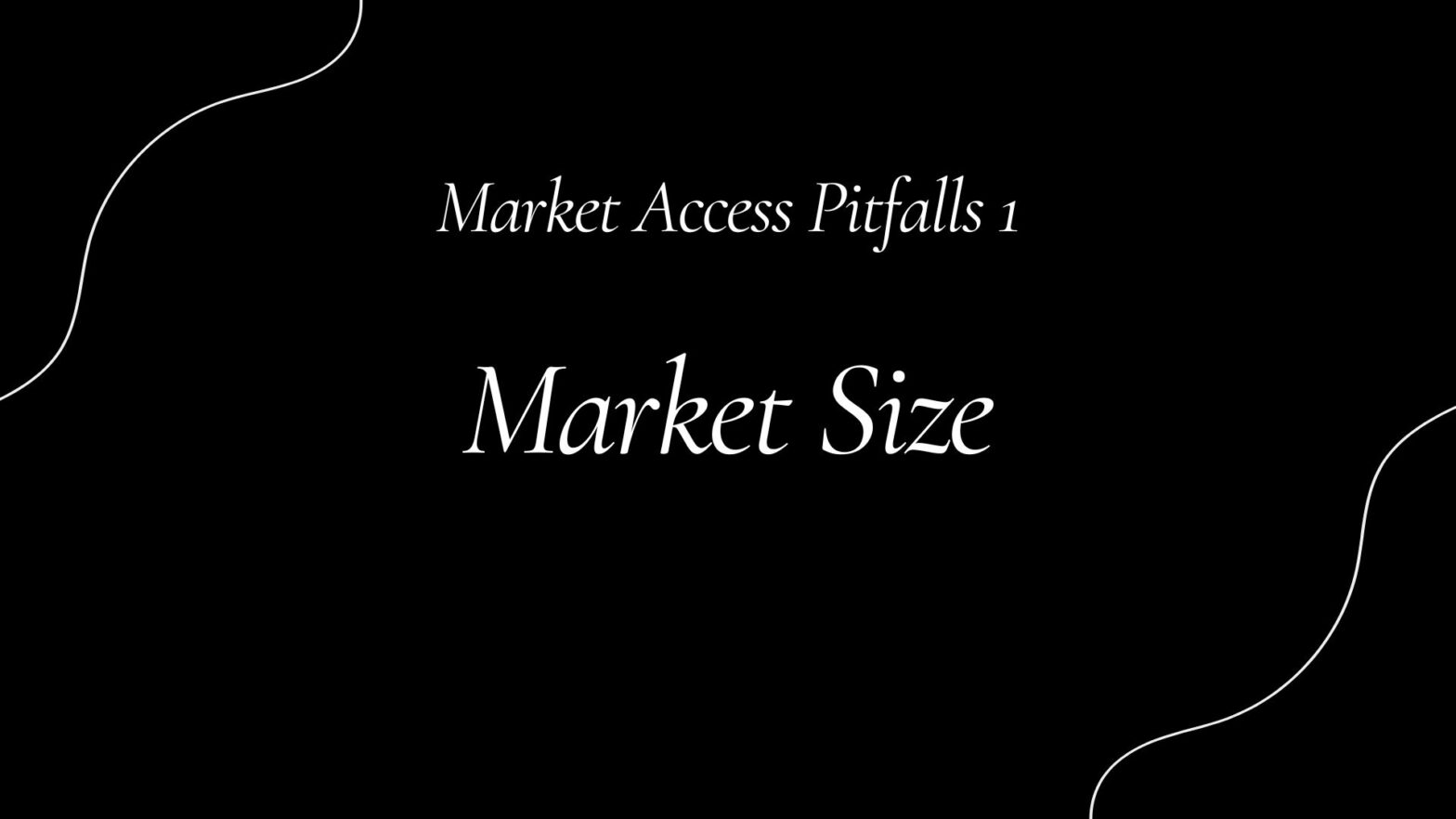Whenever I got a new client, I would try and have a conversation with them. My first question would be, „Why are you targeting Germany?“ Their answer was almost invariably, „Because it’s a big market.“ This was typically followed by, „And Germans have lots of money.“
Lots of people + lots of money = lots of sales, right?
Wrong.
Market Size = Market Potential?
True, Germany is the largest country in the European Union (EU) and one of the richest countries in the world.
One client explained that the population of France was twice as big as that of Canada, and as a consequence he should be selling twice as many units in France as he did in Canada. He did not, in fact, which, in his opinion, could only mean one thing: he had vast market potential.
However, the SIZE of a market does not indicate your de facto market POTENTIAL that is just waiting to be realized. The mere fact that people have disposable income does not mean that they will automatically buy your product. There are many other factors at work. You thus need to determine what makes your product a winner, and whether similar conditions exist in your target market.
Just one easy example: I had the opportunity to drive around Alberta, Canada, for a few days in 2022. I was struck by the number of pick-ups and trucks on the roads. There were so many of them that I wondered if there was a law requiring each household to register at least one truck, or some such thing. (I’m sure most of these drivers were equally struck by my tiny compact car.)
At the time of writing, the population of Alberta is just under 4.4 million people. The population of Germany is 83.2 million. The absolute and relative number of trucks on Germany’s roads is far below Alberta’s. Does that mean there is huge market potential? Probably not. For one, our roads are much narrower. Good luck squeezing a huge truck into a standard-size German parking spot. I would not be able to drive a truck into my building’s parking garage.
Market Saturation
Germany does not exactly suffer from a dearth of products. I have never seen empty shelves (apart from when people panic-bought toilet paper and pasta during Covid-19), and we have plenty of clothes, tennis rackets, toothbrushes etc. in our stores. Sure, everyone likes to see something new every once in a while and explore a new brand or product, but we don’t absolutely NEED any more stuff. So if you want to successfully introduce your own product into the market, you have to have something special going for you.
What kind of special? There is something innovative about your product. Your design is more appealing. You offer much better quality than anyone else, ideally at the same price. You are much cheaper than comparable products. You have a great story to tell.
No Comparable Product Available in the Market?
Two possible explanations:
- You really are the first to offer this type of product.
- There is no market for your type of product.
The client mentioned above sells an accessory for outdoor photography. While useful, I personally did not think this product met a strong need in the photography community in Germany due to circumstances (a photographer friend of mine agreed). The large photography retailers in Germany did not carry anything similar, and even Amazon yielded relatively few results.
You would expect a specialized retailer to be watching the market and snatching up a promising new product as soon as possible, wouldn’t you? But of course retailers also need a certain sales volume. The client said he was selling lots of product at photography events and shows, so maybe there is a third possible reason:
3. There is demand, but not enough to make it worth the retailer’s while. The easy and obvious solution here: sell D2C.

Ein Kommentar